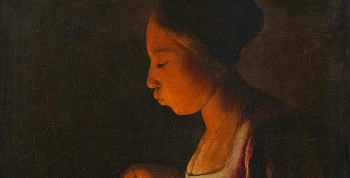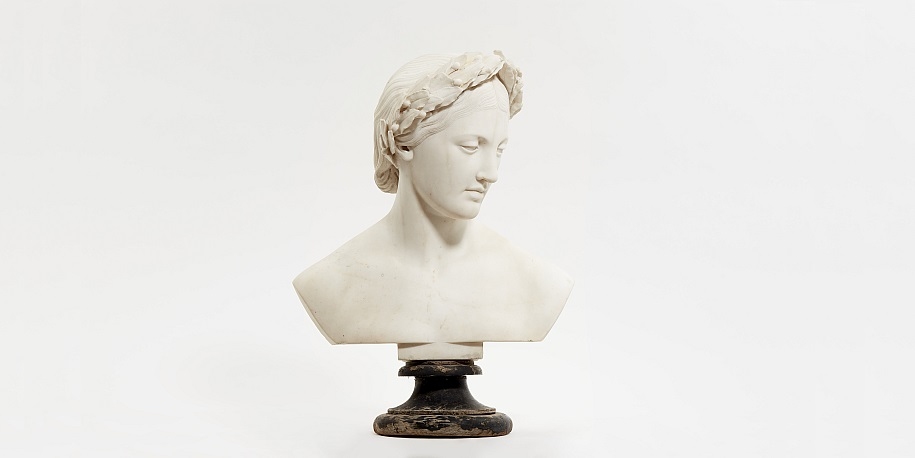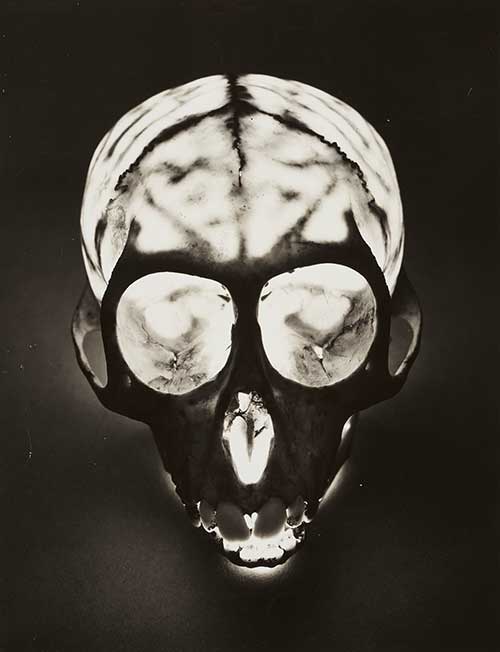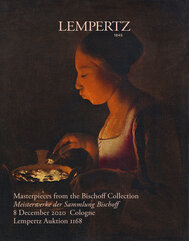Georges de La Tour: La fillete au braisier - Talking with Prof. Lindemann
Prof Dr Lindemann, former Director of the Berlin Germäldegalerie, on the work "Girl Blowing on a Brazier (La fillette au braisier)" by Georges de La Tour, one of the most important representatives of baroque painting.
Georges de La Tour: La fillete au braisier
A Late Masterpiece
With the depiction of a young girl gently blowing on a brazier (La fillette au braisier), Georges de la Tour has successfully created a late masterpiece. The limited oeuvre of few more than 48 works reinforces this significance, as does the rarity of his signature, extant on only a few of the painter’s pictures. A great many publications and exhibitions such as the Paris Retrospective in the Grand Palais in 1997 testify to the unbroken appreciation for the art of the old master of Lorraine. The accolades even in the new millennium are almost overwhelming: Pierre Rosenberg praises “the rustic beauty of the model”, the “unique source of light” and the deliberate “simplification of forms”, and arrives finally at the euphoric summary that simply everything about this “little masterpiece” is fascinating.
Few Works in Private Hands
The late small masterwork, La fillette au brasier, has been in private hands for around 45 years – a further distinguishing feature, as hardly any pictures by Georges de La Tour have passed into private hands, with the majority found in museums and galleries. The girl blowing on a brazier from the Bischoff collection is the single remaining piece from the master’s late creative period still on the free art market – a real sensation.
Words Are Not Enough
La fillette au brasier really evades all description. Words do not do justice to the timeless genre from the hand of the master. In contemplative stillness, removed from reality and all references, there is only the girl in profile, as she looks at the fire bowl. The soft glow of the coal basin is the only source of light feeding the picture and reveals just a few details in the dim warmth. Only the girl’s face, throat and chest are visible in the dusky glow; the background is swallowed by darkness, no decorative embellishment or anecdotal detail distracts from the nameless figure completely immersed in her task. Style and technique have been highlighted enough: Jean-Pierre Cuzin praised the painterly brilliance manifested in the economic composition, subtle lighting, and lifelike charm of the picture. The sovereignly executed embers are reflected with a few brushstrokes on the girl’s sleeve – an effective example of the frugal subtlety with which Georges de La Tour makes use of his painterly materials. The hand encircling the basin is illuminated so delicately, while the contour of the head is little more than a shadow.
Characteristic Late Work
The finely graduated lighting from an artificial source and the reduction of the figural representation to simple geometric forms is characteristic for La Tour’s late work. Whilst Pierre Rosenberg dates La fillette au braisier to 1646, Jean-Pierre Cuzin considers the period of 1646 to 1648 to be possible; Jacques Thuillier does not commit to a number but is convinced it is one of the last works by the Lorrainer. Laurent Thurnherr refers to a stylistic affinity with the painting of St. Sebastian tended by St. Irene on display in the Louvre in Paris, painted by Georges de La Tour in around 1649.
A Unique Opportunity
Without doubt, La fillette au braisier is the most important work of the late genre pieces by Georges de La Tour. The immense importance of the picture as well as its motif is only underscored by the numerous copies that were made in close temporal proximity to the original and that are still in circulation today. The subject of lively discussions is the question whether the girl blowing on a brazier has a suitable counterpart. Pierre Rosenberg had already pointed out this possibility in 1972 and brought La Tour’s boy lighting his pipe as a potential partner into play. Located in the Fuji Art Museum in Tokyo, the picture has however differing dimensions and is also afflicted with the stigma of an unresolved dating issue as well as vocal doubts as to the authorship – reason enough for experts such as Jean-Pierre Cuzin and Jacques Thuillier to contradict the unquestionably interesting thesis of their colleague. This is supported in turn by the existence of a workshop replica which in fact treats the works as counterparts. However, such a collation may also have been a concession by the workshop to the increasing popularity of these two motifs in particular.
Not the First of its Kind
In Georges de La Tour’s body of work, La fillette au braisier is not the first picture of its kind. The artist had already addressed the subject of a girl or boy in the glow of an artificial light source in the 1630s. The oldest surviving draft of this motif can be admired in the Musée des Beaux-Arts in Dijon and it is the consensus in the field of research that there must have been other such paintings. In his subject matter, La Tour refers to a classical theme that originates from antique literature: In the 34th book of his famous Naturalis historia, Pliny the Elder provides the ekphrasis of a picture showing the young Antiphilus lighting a torch. This was assimilated and circulated in the northern Alpine region of the Caravaggisti who also had an influence on Georges de la Tour’s creativity. The interpretation of the Lorraine master, despite all role models, is genuine and unique, as is impressively demonstrated by the comparison with the similarly posed boy blowing on a torch by the Utrecht Caravaggist Gerrit van Honthorst.
An Eventful Relationship
The reception of La fillette au braisier by the critics is a reflection of the eventful relationship that connected the old master with the art world. While Georges de La Tour is classed today as one of the undisputed luminaries of French painting, at the beginning of the 20th century he was still a completely unknown quantity, with the few surviving works by the Lorraine artist attributed to other French, Spanish or Dutch painters. It was only in 1915 in his short but striking essay that Hermann Voss tore down the dark curtain of obscurity behind which Georges de La Tour had disappeared for centuries, and in the 1970s the works of Pierre Rosenberg and Jacques Thuillier brought light and focus to the only tentatively reclaimed art space. It was because of this that the few surviving works by La Tour came late into the possession of the important museum collections and were largely withheld from the free market. The young girl blowing on the brazier was first discovered in 1940 and following intense discourse, with rare agreement, declared a masterpiece by the experts.
A Shining Career in the Dark
The biography of its creator is as unique as La fillette au braisier, with Georges de La Tour occupying a unique position in 17th century painting. He remained true to his home of Lorraine and rarely frequented the princely courts of Europe. The glamorous art metropoles of Paris, Rome or Florence did not offer him a workplace, but rather the provincial town of Lunéville. Despite this, his artistic development is unique and has presented a constant challenge to the field of research for decades. The fact that the available biographical data does not provide any information regarding his artistic relationships, training, friendships, or influences, contributes to the enigmatic darkness surrounding his brilliant career. The possible fruits of his stay in Paris remain as hidden as his relationship with the Dutch masters Hendrick ter Brugghen and Gerrit van Honthorst. Did Georges de La Tour ever visit Italy? All that is certain is that in 1975, the Bischoff collector couple acquired La fillette au braisier, an important nocturne and one of the last works by a great artist – and the last work in private hands.
George de La Tour - Artwork in the auction
Auction 1168 - Masterpieces from the Bischoff Collection

Auction
Tuesday 8 December 2020
We kindly ask you to place your bids, if possible,
by telephone or online.
The auction will be streamed online at www.lempertz.com.
You can also bid online. Please register to do so at 48 hours before the start of the auction.
Kunsthaus Lempertz
Neumarkt 3
50667 Cologne
T+49.221.925729-0
F+49.221.925729-6
Preview
Cologne
Friday 27 November, 10 am–5.30 pm
Saturday 28 November, 10 – 4 pm
Sunday 29 November, 11 am – 4 pm
Monday 30 November – Friday 4 December, 10 am – 5.30 pm
Sunday 5 December, 10 am – 4 pm
Sunday 6 December, 11 am – 4 pm
Monday 7 December for external visitors by appointment
Contact Persons








